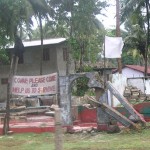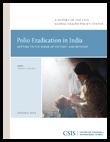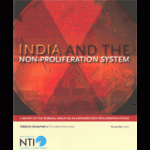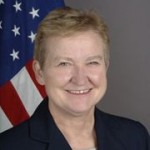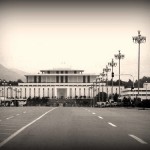
2011 was a catastrophic year for U.S.-Pakistan relations. Starting with CIA contractor Ray Davis’s arrest for shooting two Pakistanis dead case in January, going on through the raid on Abbottabad in early May that killed Osama bin Laden, and culminating in the NATO forces lethal attack on a Pakistani border post in November 2011, a series of shocks shook this important partnership to its core. Both countries expect their future relationship to be more modest, but neither has defined this concept. As they grapple with this change, U.S. policymakers need to recognize that Pakistan, not Afghanistan, is the big issue, and to develop building blocks for a post-2014 relationship that meets the needs of both countries.
Read our article, published in foreignpolicy.com March 19, 2012.


